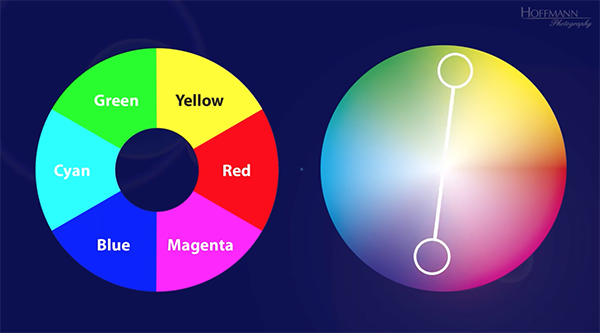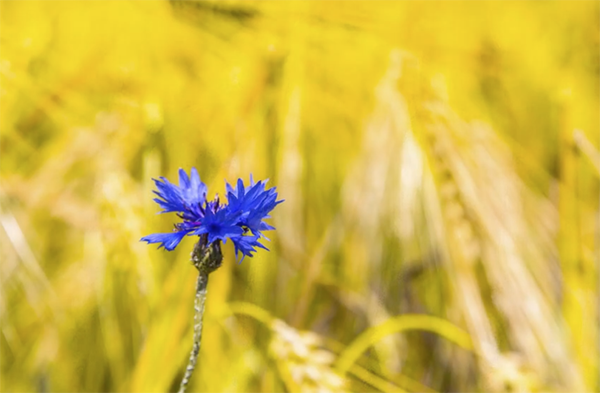How to Use Complementary Colors for Eye-Popping Photographs (VIDEO)
Have you ever looked at a photograph that really “worked,” but you weren’t sure why you found it so compelling? There’s a good chance that the image owes its mysterious impact to the use of complimentary colors. If you’re unsure what that means, the tutorial below will get you up to speed in barely six minutes.
German landscape photographer Rainer Hoffman is also an author and a popular educator whose instructional videos often demystify common imaging concepts through the use of concise explanations and supporting graphics. Today’s episode follows that approach, so you’ll have a firm grasp of complimentary colors and understand how to use them to make photos that demand attention.
Hoffman begins the lesson with a definition that different slightly from others you’ll find: “Complementary color are pair of colors which, when combined or mixed in equal amounts, cancel each other out (lose hue) by producing a grayscale color like white or black.” What that means for your photography is this: When objects with complementary colors are placed next to each other in a composition, they create a very intense color contrast that will add interest to the shot.

Some folks refer to complimentary colors as “opposite colors.” Hoffman explains why, using a color wheel with the three primary colors of the “additive color system” (red, green, and blue), along with the three primary colors of the “subtractive color system” (cyan, magenta, and yellow).
So, now, it’s easy to under what Hoffman means when he says, “Complementary colors are those colors that are located at opposite sides of the color wheel. In other words, yellow/blue, green/magenta, and red/cyan. Makes sense, right? As an aside, that’s why image-editing programs have Color Balance sliders with these combinations of colors.
Obviously, in real life we don’t often find objects with one of the six primary colors at maximum saturation (as in the color wheel). Instead, says Hoffman, “there are an infinite number of hues in between the primaries, and different saturations levels.”

It’s important to note, when applying this concept to shooting photos, that “all colors that are opposite of one another on the “infinite color wheel” Hoffman provides are complementary—even if there’re not primary colors.” Nor do they have to be fully saturated.
After providing all this theory, Hoffman then explains what this means in practice when shooting out in the field. You can find more lessons like this by visiting his popular YouTube channel, and by watching the three-minute primer we posted that explains how a camera’s histogram will help you nail exposure every time.




